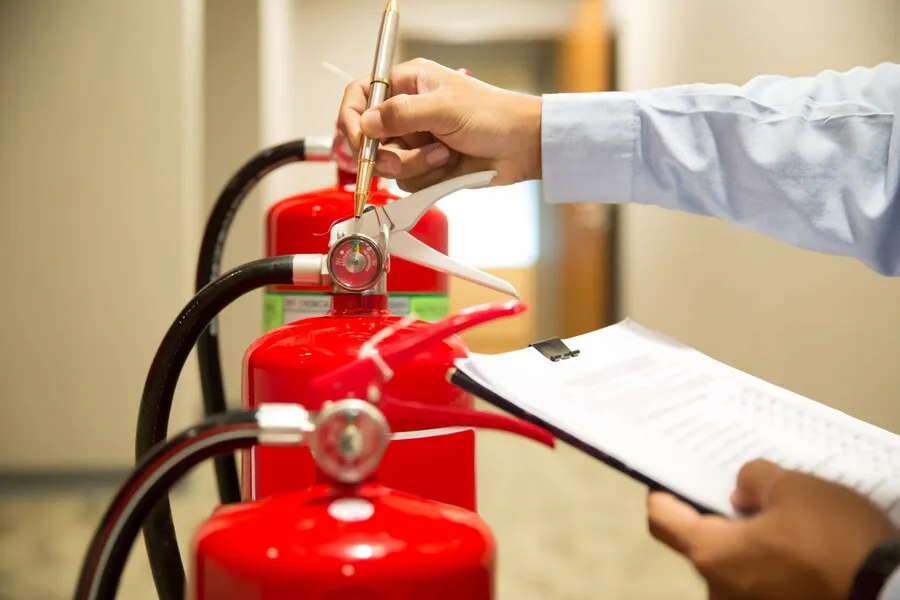Table of Contents
Key Takeaways:
- Understanding the concept and mechanics of automated fire flow testing.
- Automated fire flow tests are essential in maintaining fire safety systems.
- Benefits of using computerized systems over manual fire flow tests.
- Essential steps involved in conducting an automated fire flow test.
What Is Automated Fire Flow Testing?
Automated fire flow testing is a modern approach to evaluating the water supply capabilities of fire protection systems. Unlike traditional manual testing, automated systems utilize advanced technology to measure and analyze the water flow and pressure in fire hydrants and other components of the fire protection infrastructure. The primary goal of fire flow testing is to ensure that the water supply meets the requirements to combat fires in various environments effectively.
Importance of Automated Fire Flow Tests
The importance of automated fire flow tests cannot be overstated. These tests play a crucial role in ensuring the reliability and efficiency of fire protection systems. Regular testing allows for the early detection of potential issues such as blockages, leaks, or insufficient water pressure, which could hinder firefighting efforts during an emergency. Automated systems provide accurate and consistent data, essential for maintaining compliance with safety regulations and standards.
Furthermore, automated fire flow testing helps strategically plan and develop fire protection measures. By identifying areas with inadequate water supply, authorities can proactively improve the infrastructure, such as upgrading water mains or installing additional hydrants. This preventive approach significantly enhances the overall fire safety of a community or facility.
Benefits of Automated Fire Flow Tests
There are numerous benefits associated with automated fire flow tests, including:
Accuracy and Consistency
Automated systems have advanced sensors and data analytics tools, enabling precise water flow and pressure measurements. This accuracy ensures that the fire protection system meets the required standards, enhancing the effectiveness of firefighting efforts.
Efficiency
Automated testing significantly reduces the time and effort required compared to manual testing. The computerized process can be initiated remotely, and the data is collected and analyzed in real-time, immediately identifying any issues.
Cost-Effectiveness
While the initial investment in automated fire flow testing systems may be higher than manual methods, the long-term benefits outweigh the costs. Reduced labor, minimized water wastage, and fewer disruptions to daily operations contribute to overall cost savings.
Comprehensive Reporting
Automated systems generate detailed reports that comprehensively overview the fire protection system’s performance. These reports are invaluable for regulatory compliance, insurance, and strategic planning.
Also Read: A Healthy Marine Battery: The Benefits of Regular Maintenance
Steps in Conducting Automated Fire Flow Tests
Conducting an automated fire flow test involves several key steps:
Preparation
We identify the specific hydraulics and components to be tested before initiating the test. We ensure all necessary equipment, such as flow meters and pressure sensors, is properly calibrated and functioning. We inform the relevant authorities and stakeholders about the scheduled test.
Initiation
A central control system typically initiates the automated fire flow testing process. The system activates the flow meters and sensors, starting the measurement process. This remote initiation minimizes manual intervention and speeds up the overall testing procedure.
Data Collection
During the test, the automated system continuously collects water flow and pressure data across various points in the fire protection network. This real-time data collection ensures that any anomalies or issues are detected immediately.
Analysis
Once the data is collected, advanced analytics tools within the automated system analyze the results. The analysis identifies any areas of concern, such as insufficient water pressure or flow, and generates detailed reports highlighting these issues. Based on the study, recommendations for corrective actions are also provided.
Reporting
After the analysis, comprehensive reports are generated automatically. These reports include data visualizations, summaries of key findings, and compliance assessments. Stakeholders can review these reports to make informed decisions regarding maintenance, upgrades, or enhancements to the fire protection system.
Final Thoughts
Automated fire flow testing significantly advances maintaining and optimizing fire protection systems. By leveraging technology for accurate and consistent measurements, these tests ensure the readiness and reliability of the water supply during emergencies. The benefits of automated testing—from accuracy and efficiency to cost-effectiveness and comprehensive reporting—make it an essential component of modern fire safety strategies. Regular automated fire flow tests enhance overall safety and provide peace of mind by ensuring that the fire protection infrastructure is always in peak condition.




